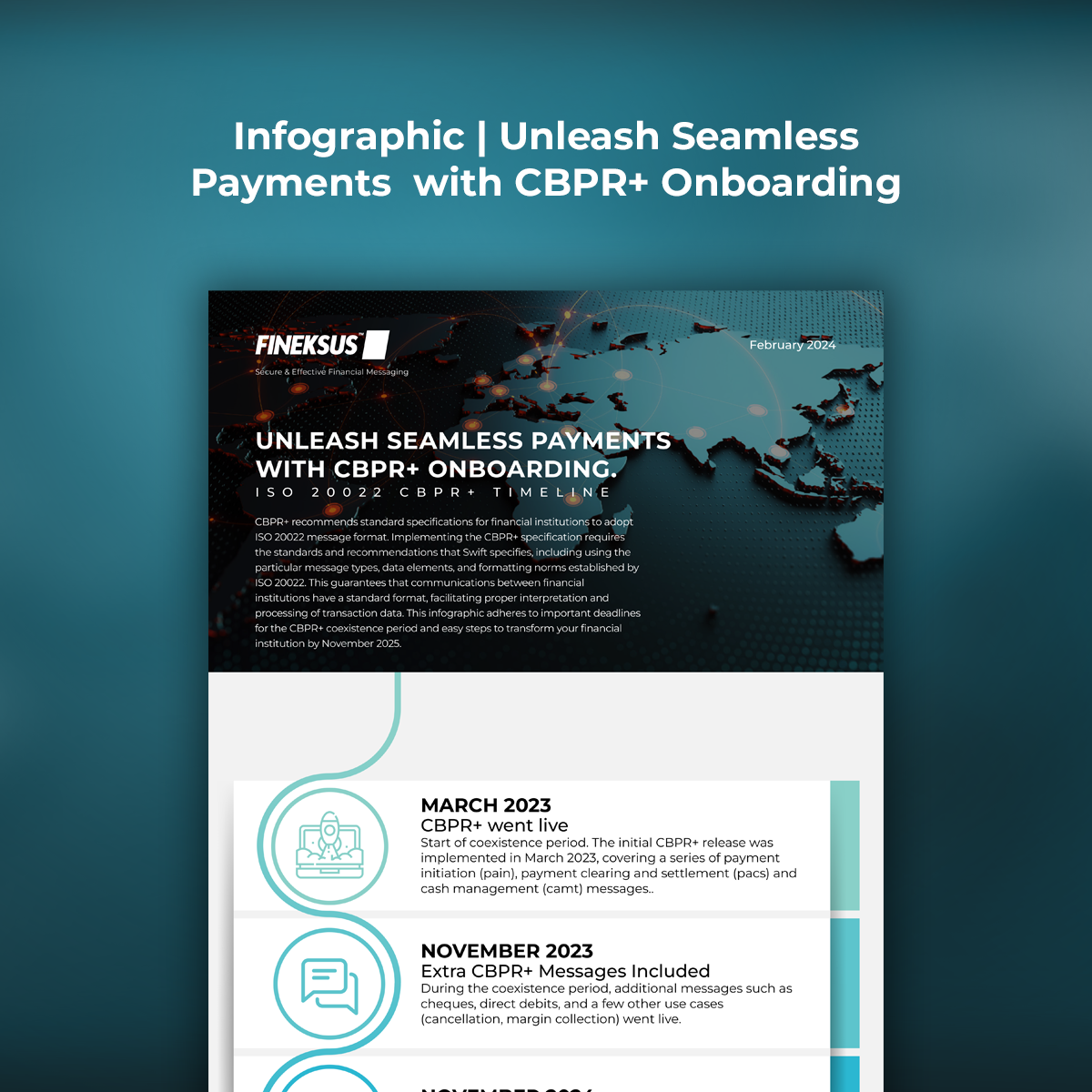
Digital Onboarding and AML Compliance
All governments work with regulatory agencies to combat money laundering and financing of terrorism. Financial institutions must follow certain measures and regulations to prevent money laundering. It is very difficult for banks, FinTechs and other financial institutions to use traditional methods for customer with manual methods and according to these regulations. They can find it very difficult to improve their customers’ retention and experience. Digital onboarding provides convenience for these traditional methods of customer account opening. Digital Onboarding is a facility for banks and other financial institutions to comply with AML compliance. In this way, banks and companies do not suffer from fines imposed through regulators and can protect their reputation.
What is AML Compliance?
Anti-money laundering (AML) is the regulations, rules and procedures that regulatory agencies require financial institutions to comply with to prevent illegal financial activities. With these precautions, financial institutions can prevent unethical individuals or companies from hiding their real income sources via laundering money. While limited banking transactions are not required to comply with AML laws, many transactions do. This is especially true when opening a customer account where a new relationship is established between a legal person and a financial institution. Know your Customer (KYC) means verifying customer identities before any transaction. AML refers to a broader set of measures designed to prevent money laundering, terrorism financing and criminal financing, therefore AML includes but is not limited to KYC.
How will digital onboarding be implemented for FinTechs?
Fintech startups do not depend on traditional methods for new client acquisition, they have fully digitalized the technology which is integrated into their initial engagement processes. Most FinTechs focus on specific areas of improvement when it comes to client recruitment and services. FinTechs cater to a younger customer base, focusing mostly on Generation X and Generation Y as target audience. Therefore traditional recruiting is not attractive for both ends, so FinTechs have streamlined the process by offering digital onboarding options. Digital Onboarding for FinTechs does not only reduce the time required for processing but also improves the overall user experience.
How will digital onboarding be implemented for banks?
Digital onboarding represents the basic process by which banks and clients connect their customers and users in a simple, fast, guaranteed, and secure way.
Digital Onboarding is the process of acquiring new customers, providing them with simple and fast access to all the services and products a bank can offer, and integrating them into this database with AML Compliance check at the initial processes.
The customer onboarding process is the formal beginning of a direct and consensual relationship with an individual as a registered user or official customer, now digitized, this process can be done as securely and remotely with a camera-equipped device.
What is Digital Onboarding?
The digital onboarding system, which minimizes the time spent on face-to-face banking services in daily life, provides live connection in digital environment. For this, it also protects banks and other financial institutions against ID fraud and suspicious transactions. With the fast and secure identity verification steps, regardless of place, you can provide banking services to your customers, increase customer satisfaction, and reach a much wider audience.
Why are ID verification and AML important?
Identity verification is a necessary process that ensures a person’s identity matches with declared official document. Identity is a unique set of traits that is associated with a sole and irreplaceable individual. On the other hand, verification or authentication is an essential requirement in the most processes and procedures, both online and offline, in many circumstances, from opening a bank account to completing tax procedures electronically.
With increased cybercrimes that targets new technologies that are vulnerable to ID theft; Anti-money Laundering programme integrated with Digital Onboarding software will help to combat ID theft and other financial cybercrimes during digital onboarding process.
AML procedures protect the most vulnerable members of society by helping to emerge societies where crime is less common and financial participation is facilitated by accurate and reliable KYC processes. AML strategies are particularly important because of the international financial stability. Money laundering can harm the integrity of national economies and financial systems.
Digital onboarding and Know Your Customer (KYC)
Digital client onboarding is often a customer’s first impression of a new banking provider and is critical in determining the tone of the bank’s ongoing customer experience with the customer.
It is also a critical compliance step to conduct Know Your Customer (KYC) procedure that is essential for the ongoing compliance and risk management of the customer account.
Currently banks and other financial institutions must obtain required information from customers or organizations for both KYC and risk management. Key information is then manually entered into support systems. With increased use of Artificial Intelligence (AI) and Machine Learning (ML) in KYC/AML technology applications, banks and other financial institutions will prevent human error throughout the end-to-end process of digital customer onboarding.

